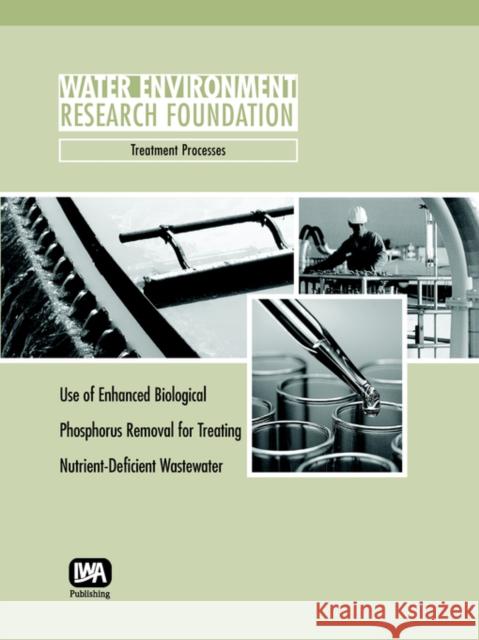Use of Enhanced Biological Phosphorus Removal for Treating Nutrient-Deficient Wastewater » książka
Use of Enhanced Biological Phosphorus Removal for Treating Nutrient-Deficient Wastewater
ISBN-13: 9781843396857 / Angielski / Miękka / 2004 / 129 str.
Use of Enhanced Biological Phosphorus Removal for Treating Nutrient-Deficient Wastewater
ISBN-13: 9781843396857 / Angielski / Miękka / 2004 / 129 str.
(netto: 610,89 VAT: 5%)
Najniższa cena z 30 dni: 637,49
ok. 30 dni roboczych
Dostawa w 2026 r.
Darmowa dostawa!
Anaerobic/aerobic (AnA) and completely aerobic (CA) laboratory-scale sequencing batch reactors operating on an acetate- and casamino acids-based synthetic wastewater were used to investigate the suitability of the AnA process for treating nutrient?deficient wastewaters in plants that have stringent effluent nutrient requirements. Of particular interest is the case where phosphorus (P)-deficient wastewaters with highly variable influent COD loading are being treated to meet both effluent TSS and P limits. At a 4 d mean cell residence time, AnA activated sludge had an approx. 20% lower P requirement than CA activated sludge. The difference between the end-of-aerobic cycle polyhydroxyalkanoate and carbohydrate contents of the sludges indicated that the AnAsludge used more influent carbon than the CA sludge for synthesis of non-P-containing storage products. The nitrogen requirements of AnA sludge were similar to those of the CA sludge. The AnA and CA SBRs were subjected to three different transient influent COD loading patterns that simulated (#1) daily COD Loading fluctuations, (#2) low weekend COD loading, and (#3) extended low COD loading periods. During the Loading Pattern #1 experiment, the average effluent soluble P concentrations for the AnA and CA SBRs were 0.4 and 1.0 mgP/L respectively, and complete removal of influent acetate was observed. During the Loading Pattern #2 experiment, the average effluent soluble P concentrations for the AnA and CA SBRs were 0.3 and 0.9 mgP/L respectively, but effluent acetate was detected during the first high COD loading cycle following the low weekend COD loading period. During the Loading Pattern #3 experiment, the VSS content of both reactors dropped sharply, effluent acetate breakthrough occurred, and effluent P concentrations exceeding 1 mgP/L were detected in both the AnA and CA SBRs. Based on these findings, the AnA process has potential as a technologically and economically superior alternative for wastewater treatment plants treating P-deficient wastewasters to meet stringent effluent TSS and P limits. This publication can also be purchased and downloaded via Pay Per View on Water Intelligence Online - click on the Pay Per View icon below











